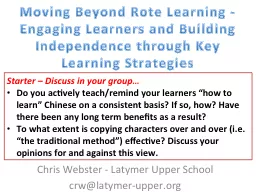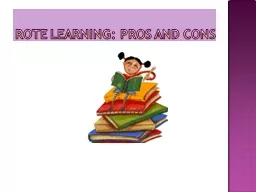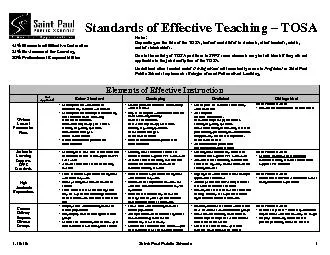PPT-Moving Beyond Rote Learning - Engaging Learners and Building Independence through Key
Author : wang | Published Date : 2021-01-28
Strategies Chris Webster Latymer Upper School crwlatymerupperorg Starter Discuss in your group Do you actively teachremind your learners how to learn Chinese
Presentation Embed Code
Download Presentation
Download Presentation The PPT/PDF document "Moving Beyond Rote Learning - Engaging..." is the property of its rightful owner. Permission is granted to download and print the materials on this website for personal, non-commercial use only, and to display it on your personal computer provided you do not modify the materials and that you retain all copyright notices contained in the materials. By downloading content from our website, you accept the terms of this agreement.
Moving Beyond Rote Learning - Engaging Learners and Building Independence through Key: Transcript
Download Rules Of Document
"Moving Beyond Rote Learning - Engaging Learners and Building Independence through Key"The content belongs to its owner. You may download and print it for personal use, without modification, and keep all copyright notices. By downloading, you agree to these terms.
Related Documents














